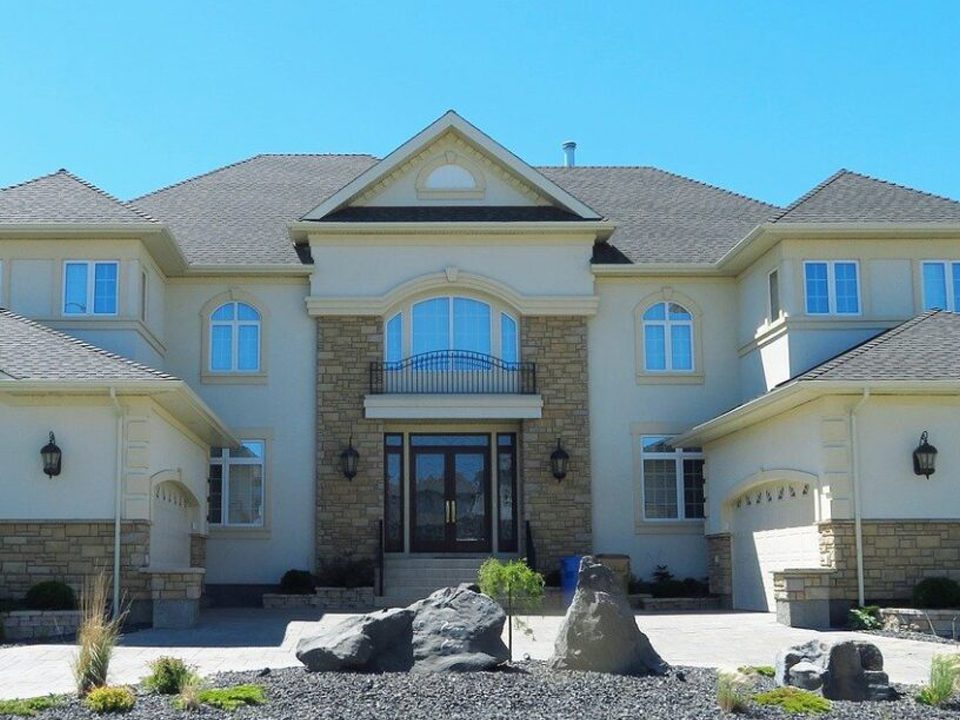
How to Insure a Rental Property – Landlords Insurance
June 28, 2014
Insurance Marketing Opportunity – National
July 9, 2014Homeowners Insurance Inspections – Have you recently purchased homeowners insurance and been advised that a usual home inspection will be conducted? This is not unusual and you don’t need to be on guard! There are a couple of reasons for the inspection: the primary reason is to assure that the home is in good maintenance and there aren’t obvious conditions which may cause an imminent loss.
Insurance companies always ask a few qualifying questions during the process of buying a new insurance policy; there will always be a question regarding the condition of the home and assurance that the home is well maintained; it is unusual for a homeowner to advise the insurance company that the home is not well maintained while purchasing an insurance contract.
Presently, it is common for preferred home insurance companies to conduct home inspections; most States allow a free underwriting period of the first 60 days within which the insurance company may cancel a policy after discovering any adverse conditions.
Most carriers utilize an independent home inspection company to conduct an insurance inspection; for average homes, it is common to simply conduct an exterior or drive by inspection; however, for larger and more customized homes, an appointment may be necessary for a full inspection. The exterior inspection typically takes less than 10 minutes; if an interior inspection is required, it may take as long as 30 minutes. Inspectors will take photos of the home and take a few moments to make any notes regarding the condition of the roof, any overgrown tree branches close to the home, the presence of cracks in the driveway or pathways presenting a slip and fall hazard, the presence of dogs (breed and temperament) and any other items required of the inspection by the insurance company’s underwriting department.
Two main reasons for a home insurance inspection:
- To avoid taking adverse risk due to current conditions presenting a chance of loss; these may be maintenance issues, safety items or any other obvious condition which the underwriter may feel presents an undue amount of risk for the carrier.
- To verify that the home is sufficiently insured combining public data and physical inspection data validating that the reconstruction estimate for the home is acceptable.
The inspection process:
The home inspector will generally measure the exterior of the home as property tax information is not always correct. If the homeowners is present, the home inspector may also ask questions regarding the age of the roof, heating (A/C), electrical system, and plumbing. In the presence of a dog, there may be a couple of questions regarding the temperament and breed; it is typical to take a photo of the dog to accompany the inspection. Dogs account for over 30% of liability claim payments.
They will inspect gutters and downspouts to see if they are in good maintenance and free of leaves or obstructions to flowing water. Photos are usually taken of the yard to assure that the yard is free of debris also avoiding a liability hazard.
Benefits of an Inspection:
A home insurance inspection can be beneficial; there are times that discounts are identified by the inspector that was not discovered during the purchase process. The home may have a Central Burglar and Fire Alarm system for which a discount may not have been included; depending on the insurance carrier, there may also be a discount for a Fire Sprinkler System, Low Temperature Sensor, or a Water Flow Sensor.
Upon completion of the home inspection, the report is sent to the underwriter at the insurance company who will review the risk. The insurance company will review the report and outline any concerns that need to be addressed. The insurance company may issue an underwriting advisory for minor issues or may issue a Cancellation Notice for major risk concerns.
Inspecting homes helps to keep premium rates from unnecessarily increasing and also keeps the cost of reinsurance as low as possible. It is essential that insurance companies underwrite and investigate each and every risk in order to avoid adverse risk; since premium rates are based on the claims experience of carriers, strict underwriting usually ends with lower premium charges.
The home insurance inspection process is a simple process that provides peace of mind that your home is insured properly and avoidable losses can be prevented.


